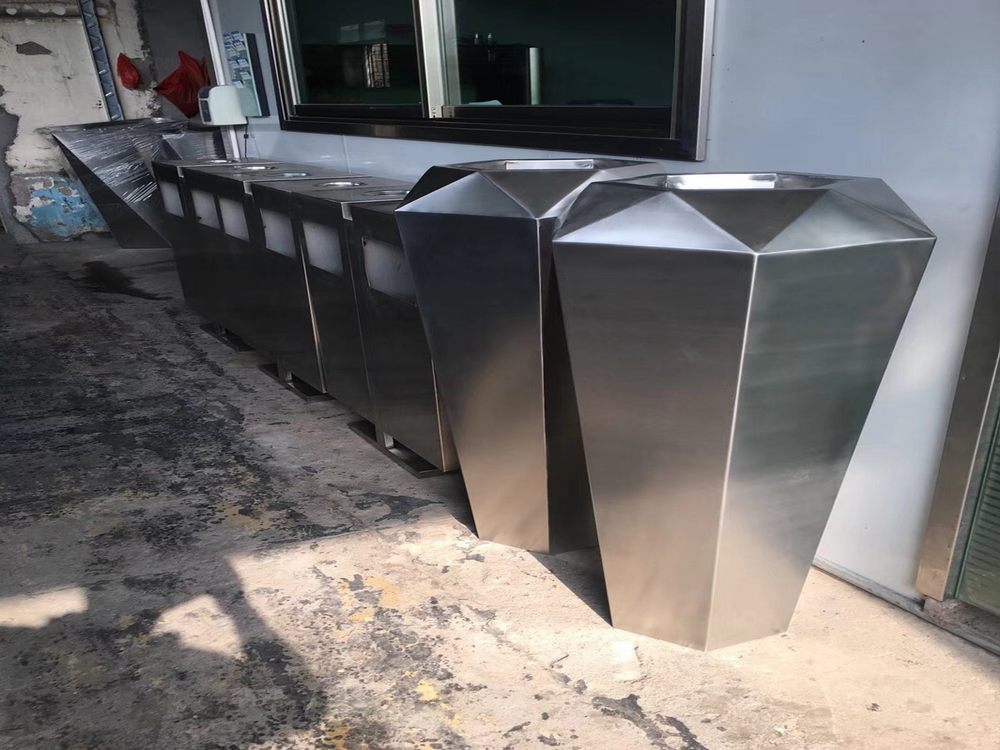
Creating porcelain sculptures for public monuments requires careful planning and execution to ensure both aesthetic appeal and long-term durability. Here are the key considerations:
1. Material Selection: Porcelain must be high-quality and resistant to weathering. Glazes should be tested for UV resistance and color stability under outdoor conditions.
2. Structural Integrity: Large-scale sculptures need reinforced frameworks to withstand environmental stresses like wind, rain, and temperature fluctuations.
3. Artistic Design: The design should resonate with the public and reflect cultural or historical significance. Collaboration with local communities can enhance relevance.
4. Installation and Maintenance: Proper anchoring systems are essential for safety. Regular maintenance, including cleaning and glaze touch-ups, preserves the sculpture’s appearance.
5. Environmental Factors: Consider the location’s climate—extreme temperatures or pollution may require additional protective coatings or materials.
By addressing these factors, artists and planners can create enduring porcelain monuments that captivate and inspire.

